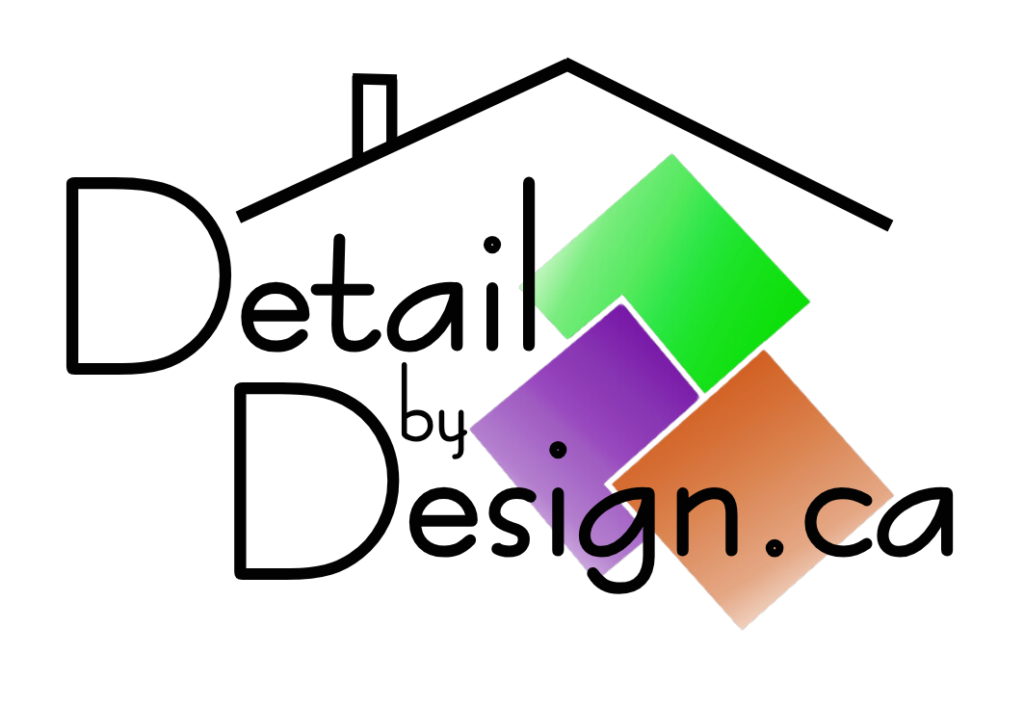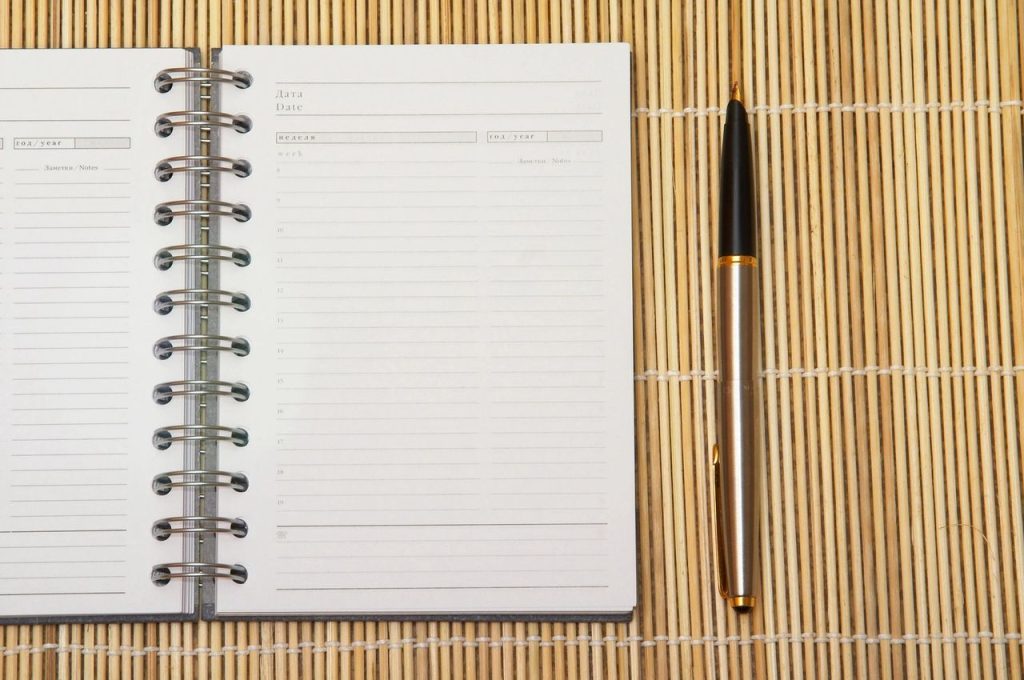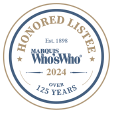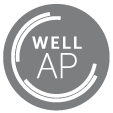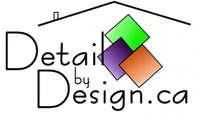
Ok, so maybe hazmat suits are a little over the top but when you see statistics that the air in our homes is 2-5X more toxic than the air outdoors it makes one take a step back! As the cooler weather is upon many of us, we begin to spend more time indoors, in light of the fact that on average people are already spending 85-90% of their days indoors. Considering the
seasonal increase plus many people are still working from home the wellness factor of our homes is a very real consideration.
In light of the current global pandemic, the awareness of the air quality in our immediate environment has increased from the pre-pandemic 2-4% to an overwhelming 97-99% today, according to Paul Scialla, CEO of Delos. But when considering air quality where do you begin? Protecting your health and well-being begins with a few simple steps and can graduate into deeper assessments as required.
Here are just a few things to consider:
- Change your furnace filter every month and use a filter with a minimum MERV8 rating
- Service and maintain ALL fuel-burning appliances annually. This includes furnaces, water heaters, fireplaces, ranges, clothes dryers, etc.
- Be sure all vents and ducts are clear and unobstructed.
- Do not store solvents and petroleum products in your home. Dispose of safely as per municipal guidelines.
- Moisture management – proper ventilation in damp areas, and more in-depth remediation if mold is present. Mold is one of the leading causes of sick building syndrome.
- VOC’s can come from many things including cleaning products, household goods, new furnishings/textiles. Be aware of the products you use and bring into the home.
- Avoid idling in attached garages! The release of benzene and carbon monoxide are true threats.

At the end of October, I attended the LivABLE Environment Conference, a completely virtual conference dedicated to the world of wellness and accessibility in the built environment. Firstly, WOW! It was truly my very first full virtual conference but what an experience it was! So many presentations and speakers with incredible knowledge and information shared throughout the conference. One fact that came up more than once was how significant an impact the design and construction industry has on our health and wellbeing, in fact, even more than the medical community!! According to Dr. Claudia Miller (UT School of Medicine, San Antonio), “Architects and designers have a greater ability to improve public health than medical professionals”. As a direct influence of what we do including removing mold/mildew and other potentially harmful substances, improving ventilation, updating lighting, and adding comfort and functionality, just to name a few!

Being mindful of the renovation process and quality of materials used has a significant impact on the health of a home (and occupants) both during construction and after. It is also time to consider the ugly side of the renovation trade too, the “endless dumpsters of waste” created on each and every project. Can some of these old materials be reused, recycled, or disposed of in a more environmentally conscious method? It might take a little more effort and consciousness but as an industry, with some significant clout, I feel we can make a real difference by getting our clients on board too for more responsible waste management.
With wellness being top of mind for so many, as working from home continues and for those of us that live in colder climates, the health of our homes could not be more critical. The above list is only the beginning of an essential evaluation process of home health. Stay tuned as we continue to dive deeper into creating a healthy home.
Together we can make a difference.
PS. Interested in Listening to the LivaABLE Environment Conference recordings? The entire conference is available on-demand until December 31, 2020, and tickets have been reduced! Go to livablecanada.com
